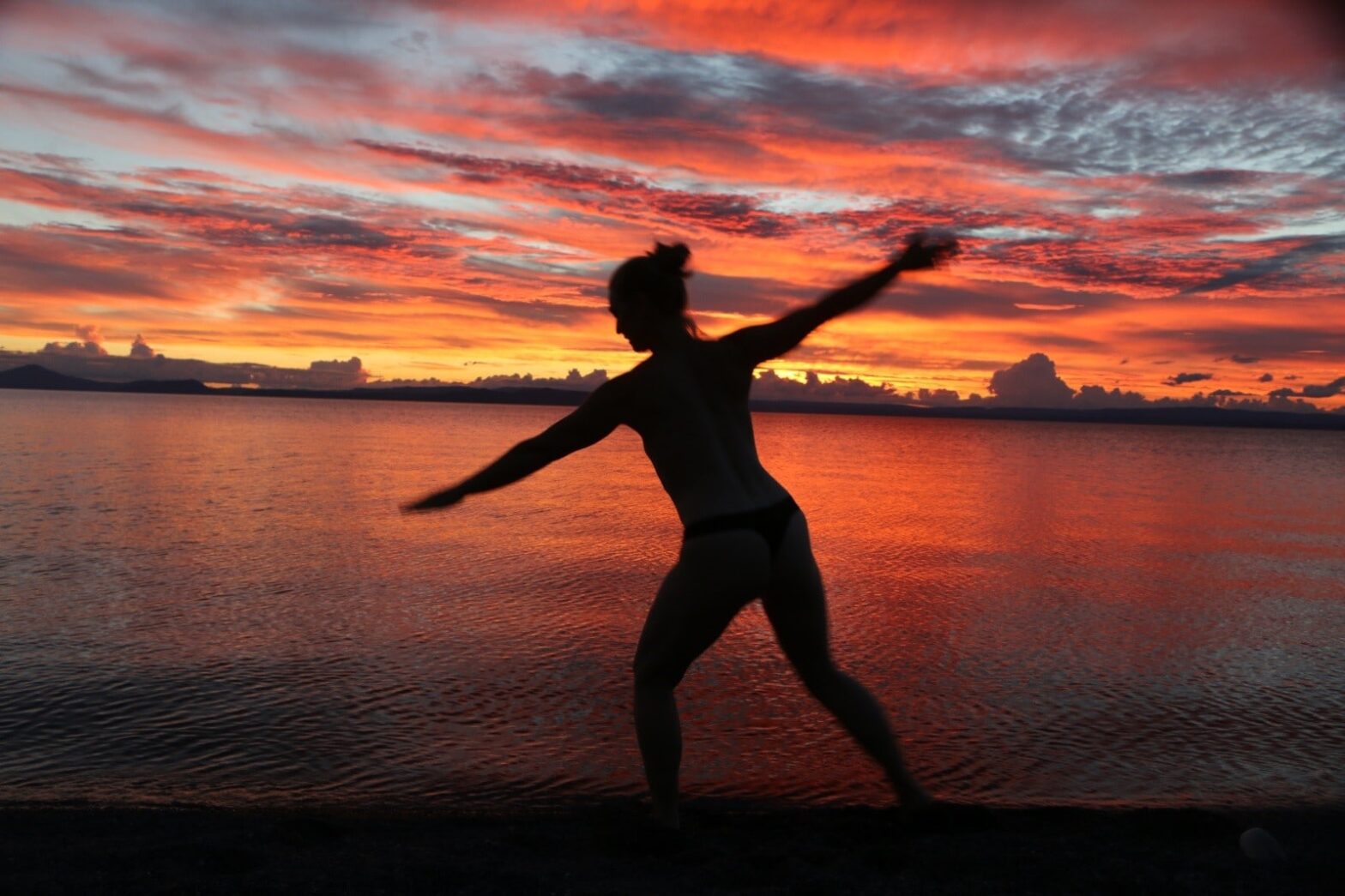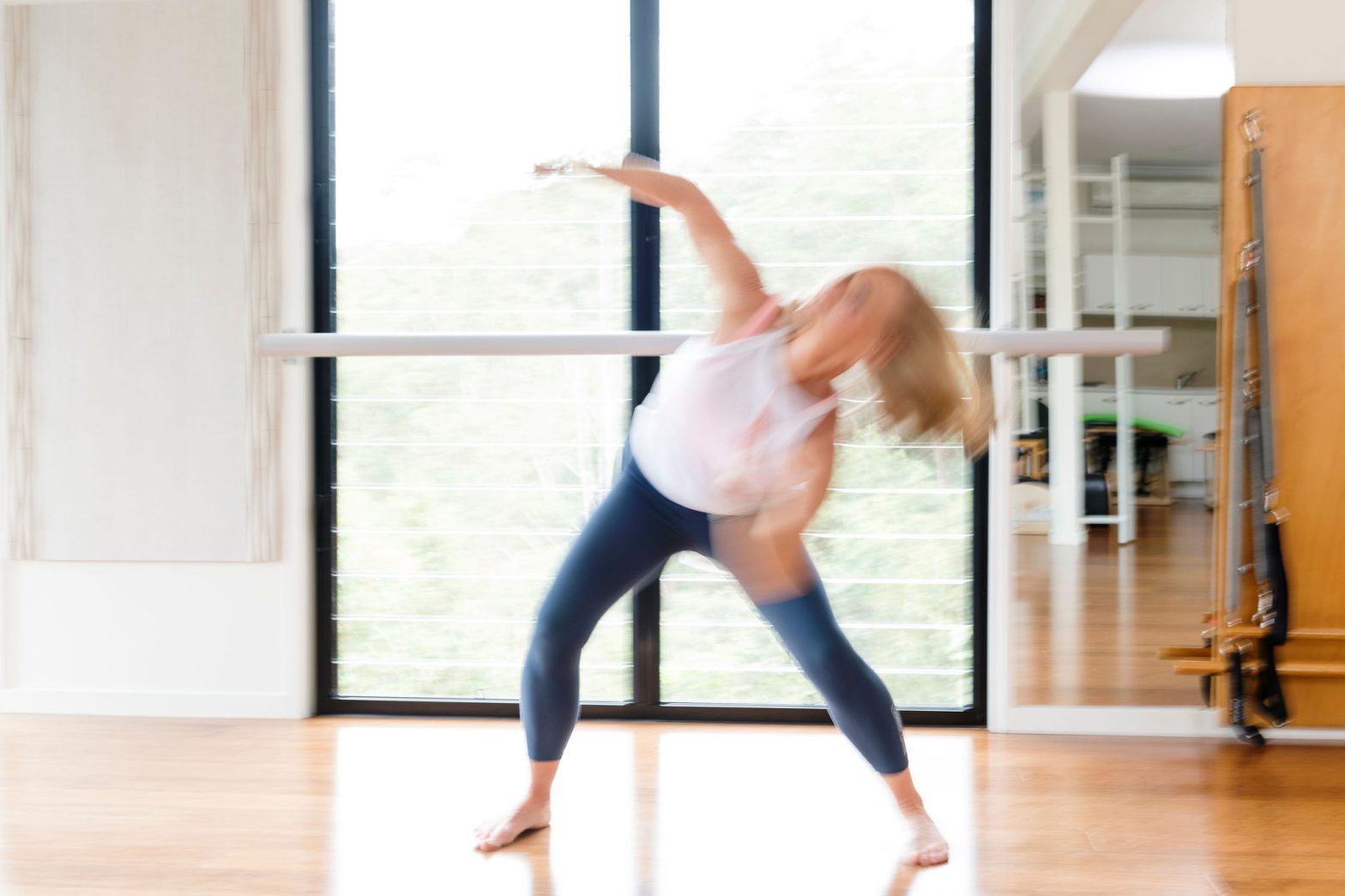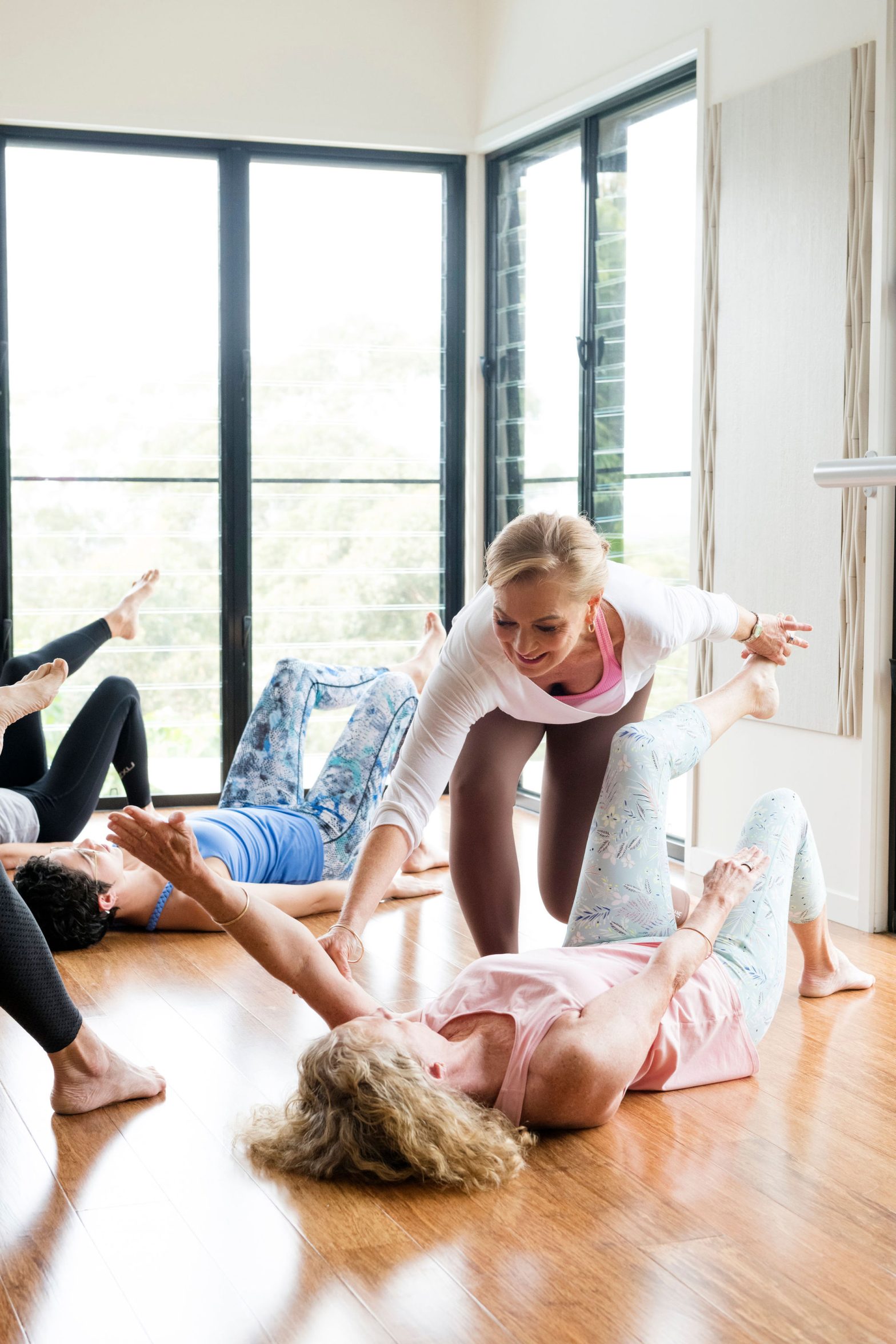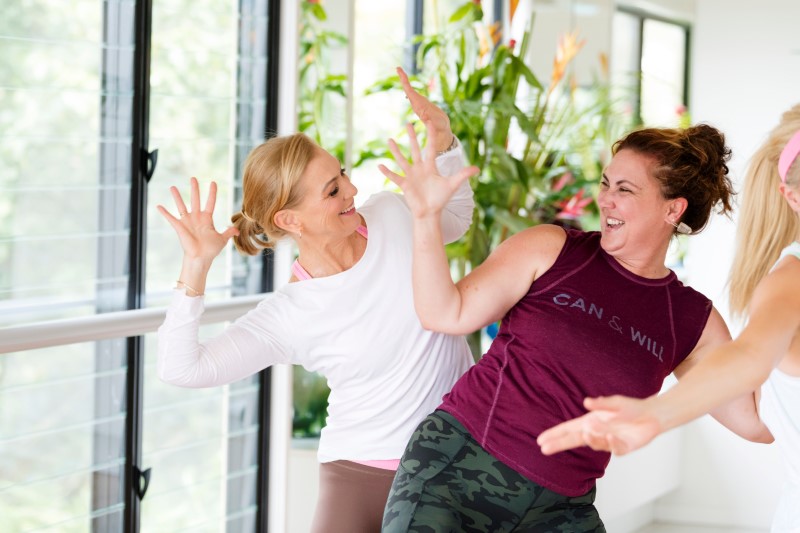
Somatic Exercises
Posted on July 02, 2019 by adminBut what does “Somatics” mean? The word itself is derived from the Greek word “Soma” meaning “the living body”. Somatics is a broadly used term to describe the mind and body, not as separate entities but as complex married couple, intertwined within a constant dance of effect and affect. When care and thought are given to how the two may work together instead of apart, this coupling assists each other in bringing forth healing and growth. Hence, while the exercises are indeed a major component, the manner in which the exercises are performed is also of paramount importance.
How are Somatic exercises done?
The movement patterns that the exercises bring you through are meant to involve the contraction and then the slow release your muscles. DOING THESE EXERCISES VERY SLOWLY AND CONCISELY IS IMPORTANT.
To move slowly (It helps to close your eyes) is to give your brain the chance to notice all that is happening in your body as you perform these easeful exercises. Slow movement, coupled with mindfulness and breath is the foundation of the partnership between body and mind, and the key to your Somatic practice.
Our muscles contract and hold tension as we navigate our busy lives, oftentimes in a sub-optimal position, causing much pain and/or discomfort.
What causes chronic muscle tension?
These chronic muscle contraction patterns created by past experiences are unconsciously retained and the muscle(s) in question often become exceedingly difficult to release over time. Thomas Hanna, the creator of Hanna Somatics named this tendency “sensory-motor amnesia”. Hanna Somatics enables the individual to use the brain to overcome sensory-motor amnesia and the negative effects of stress, trauma and aging. It empowers us to hear more clearly the wisdom of our bodies.
What is Sensory-Motor Amnesia?
Sensory-motor amnesia is most often caused by three main processes within the body/mind.
- The Trauma Reflex – This occurs as a protective muscular response to severe injury. It is the reflex of pain avoidance but it may also manifest psychosomatically in response to intense feelings, cringing, for example, is the overt manifestation of this reflex.
- The Startle Reflex – This reflex occurs as a stress response to threatening or worrisome situations. Just as with the Trauma reflex, these may be actual or imagined. But still have a very real effect on the body.
- The Landau Response – Perhaps the most commonly occurring response within the bodymind, The Landau response Our state of being in life is evident through our breathing patterns and to fully breathe is to fully engage with oneself and with the environment occurs in situations where action is demanded of the person, for example, a knock on the door, the ring of the telephone, a response to a request, and so forth.
Given the physical and mental basis of these reflexes, Somatic practice can greatly assist individuals suffering from stress, anxiety, depression and grief. Clients from all walks of life can benefit greatly from Somatic therapy, especially those cases where traditional remedies have not been satisfactory in the treatment of the ailment in question. The focus on breath as a carrier of life and healing throughout, renders this practice as a staple for those with busy lifestyles where the need for breath is not always considered. Our state of being in life is evident through our breathing patterns and to fully breathe is to fully engage with oneself and with the environment. Bring a new dimension to your practice and find out more by taking a course.
Somatic exercises are taught in Tensegrity Training’s Diploma Instructor Training Course and also as included in the Short Course, Somatic Movement Education.
Tensegrity Training’s Somatic courses come with a full guide to the Hanna Somatic exercises, as well as a comprehensive video to couple with the kinesthetic experience of face to face learning.
Latest Blog Post

The Benefits of Somatic Movement Therapy Training in Australia
Somatic Movement Therapy is a rapidly growing field that combines techniques from Dance Movement Therapy and Somatic Psychology with an understanding of how the body moves. Through experiential movement sessions and developmental awareness, Somatic Movement Therapy aims to help clients reconnect with their innate movement intelligence and gain insights into emotional and physical patterns. Training …
Continue reading “The Benefits of Somatic Movement Therapy Training in Australia”

A Guide For Pilates Instructors: 6 Indicators Your Client Understands An Exercise
Excellence in Pilates can commonly be defined as the art of understanding an exercise. As a dedicated Pilates trainer, one of your top priorities is ensuring that your clients grasp the essence of each exercise. While their enthusiasm and effort may be evident, gauging their understanding is crucial to maximise their progress and prevent potential …
Continue reading “A Guide For Pilates Instructors: 6 Indicators Your Client Understands An Exercise”

Certification Pathways for Pilates Instructors in Australia
If you have a passion for Pilates and are considering becoming a qualified instructor, it’s important to understand the various certification pathways available in Australia. As a government-accredited training provider, Tensegrity Training is well-positioned to guide you on your journey to becoming a professionally recognised Pilates teacher. There are generally two main qualifications that Pilates …
Continue reading “Certification Pathways for Pilates Instructors in Australia”

